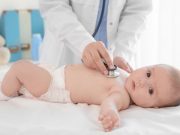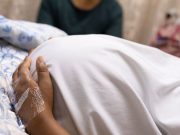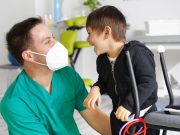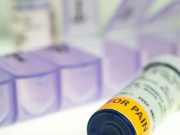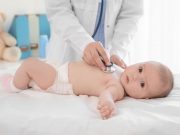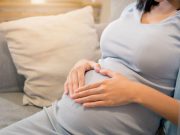Tag: Cerebral Palsy
Pain Diagnoses Seen for Most Patients With Cerebral Palsy
Eighty-nine percent of patients with CP have one or more documented pain diagnoses; 38.8 percent of patients had nociceptive pain only
BoNT-A Does Not Affect Gross Energy Cost of Walking in Cerebral Palsy
Single injection of botulinum toxin A into calf muscles may result in a larger reduction in pain intensity at 12 weeks
Robot-Assisted Gait Training Beneficial for Children With Cerebral Palsy
Overground gait training with wearable robot improves gross motor function and gait pattern
Prenatal Fine Particulate Matter Exposure Linked to Cerebral Palsy
Cumulative hazard ratio of 1.12 found for CP in association with interquartile range increase in PM2.5, with higher hazard ratio for male than female infants
Early Neurodevelopmental Assessments Can ID Cerebral Palsy
Neurodevelopmental assessments at corrected age of 3 to 4 months can reliably predict cerebral palsy and its severity
Magnesium Before Premature Birth at 30 to 34 Weeks Has Limited Benefit
No significant difference seen for death or cerebral palsy at 2 years' corrected age for those receiving magnesium, placebo
Lower Limb Spasticity Linked to Orchidopexy Risk in Cerebral Palsy
For boys with cerebral palsy, LLS presence linked to higher orchidopexy rate compared with spasticity absence
Opioid Exposure Higher Among Adults With Cerebral Palsy Versus Those Without
Exposures occur for a higher number of days per month and for a longer duration after the initial exposure
Prognostic Model Identifies Cerebral Palsy in Infants
Prognostic model using 12 variables identifies 2.4-fold more children with CP than would have presented with encephalopathy
Cerebral Palsy Risk Up With Exposure to Maternal Unintentional Injury In Utero
Higher risk of cerebral palsy in offspring seen for severe injuries that resulted in hospitalization, delivery within one week from injury






